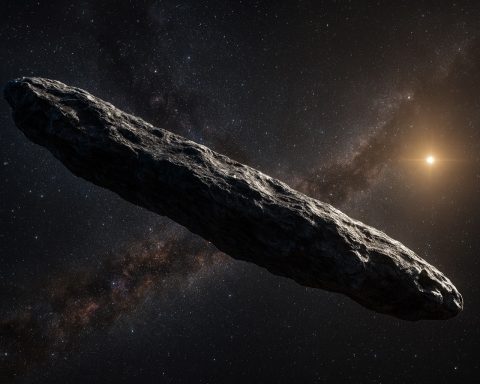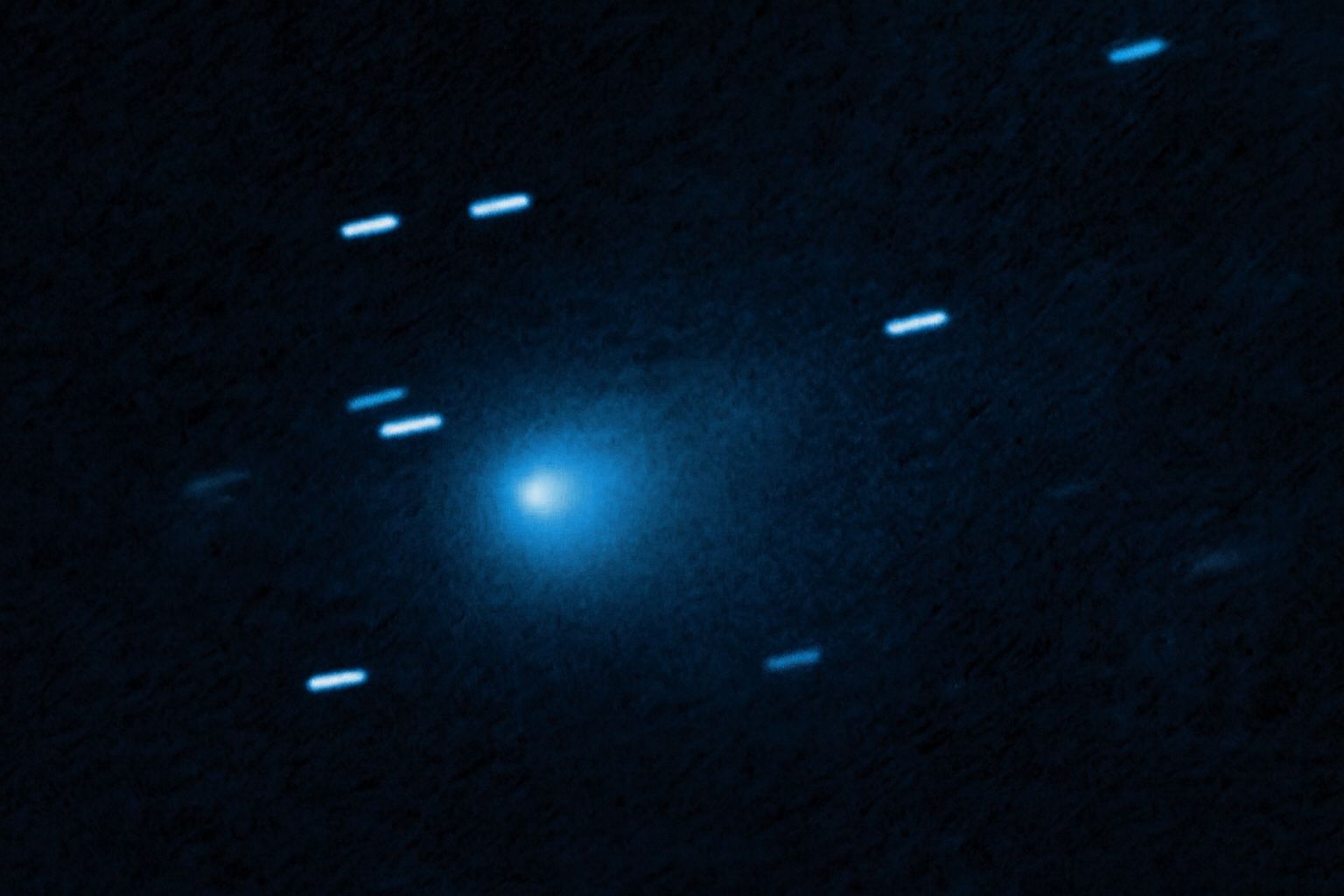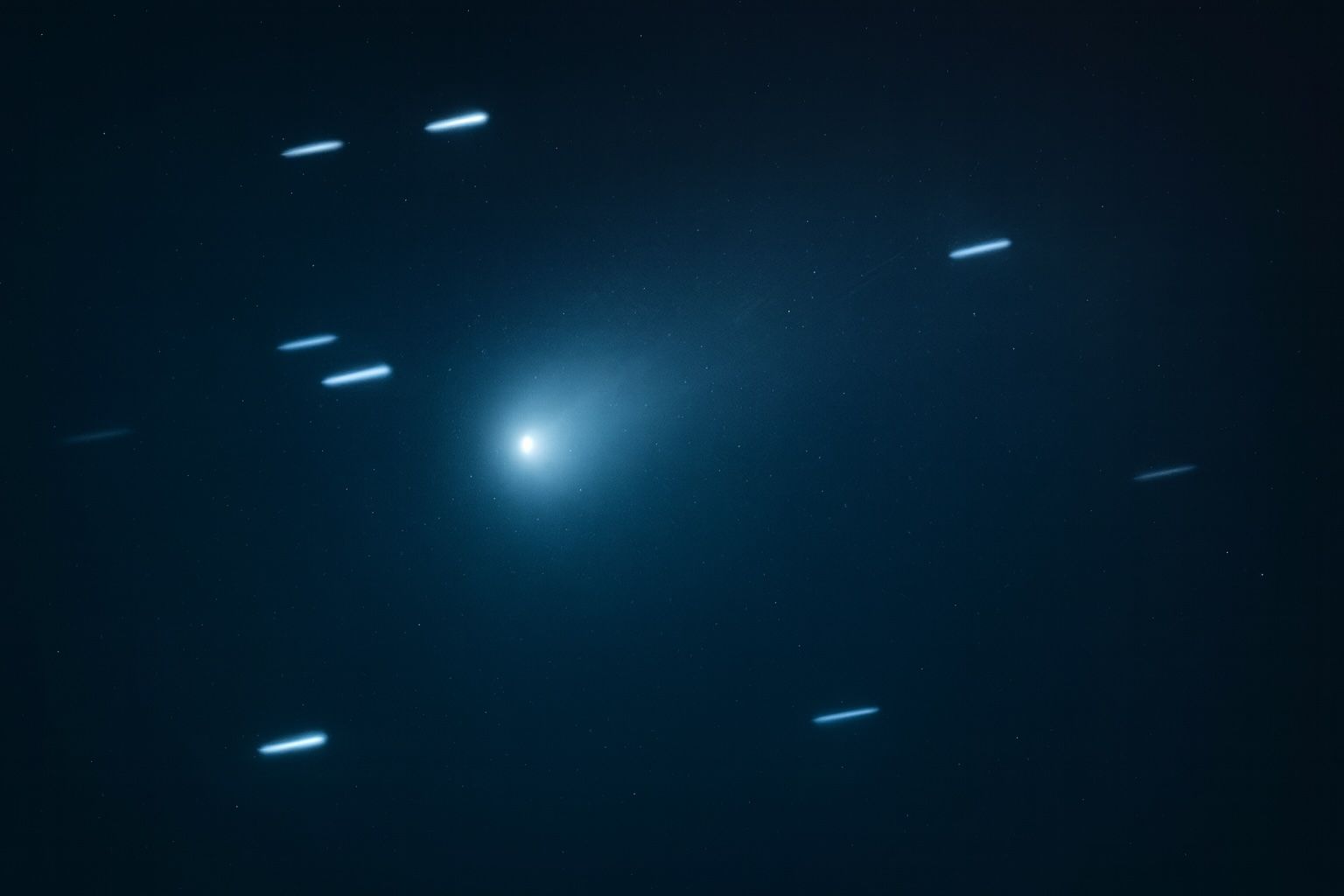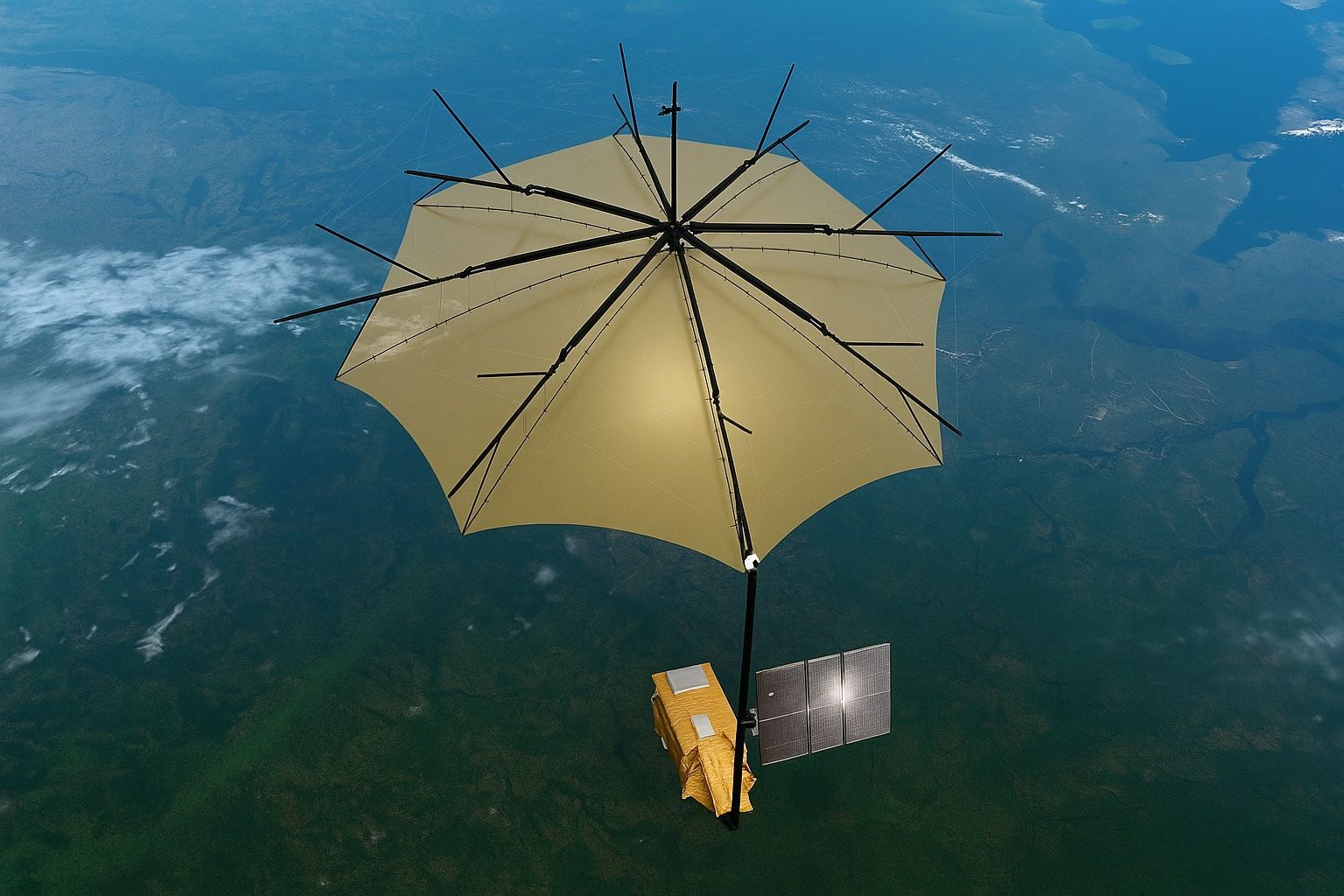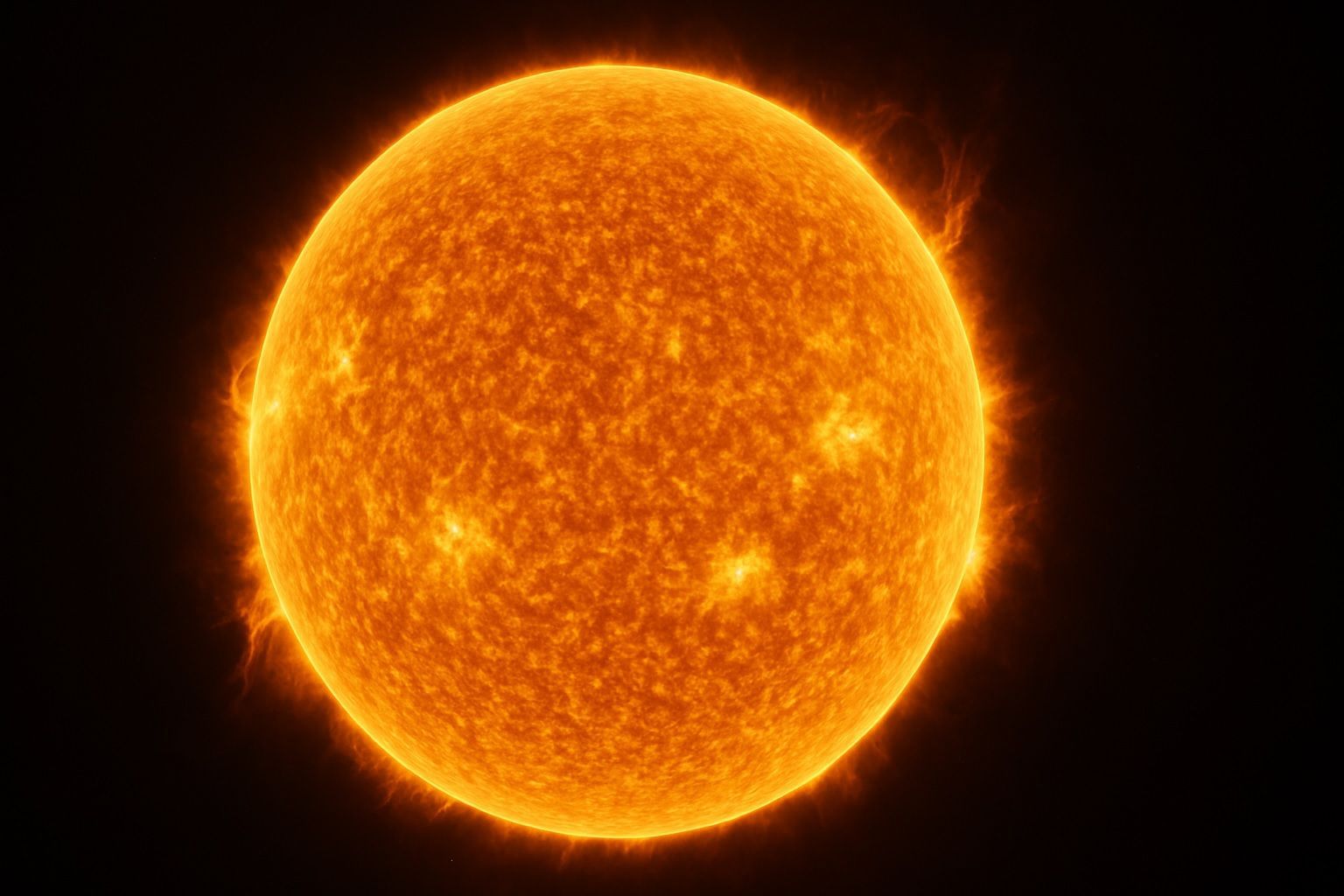
ESA Offers €23,000 for 100 Days in Isolation: How to Apply for DLR’s New ‘Test Astronaut’ Studies
The European Space Agency (ESA) and the German Aerospace Center (DLR) are looking for volunteers willing to live like astronauts on a simulated Mars mission – or spend 60 days in bed – for up to €23,000 in compensation. Cologne,

